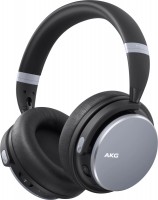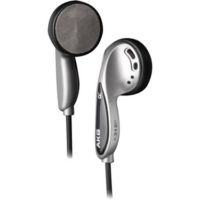Headphones AKG series Professional Headphones
prices on 21 modelAKG Professional Headphones
Despite the constant change in trends in the headphone market, the Austrian brand AKG remains true to its traditions, striving to attract the user not so much with design or a new active noise reduction system, but with high-quality sound. And they maintain this approach both in relation to everyday and studio headphones from the K series. It’s the latter that we’ll talk about.
 |
The lion's share of AKG K models are made according to a similar, one might say, classic AKG pattern: the frame and headband are a pair of metal arches with a self-adjusting strap made of leather or leatherette. The entire structure is adjusted using special clamps, which are tightened until the structure fits snugly to the head. Massive ear pads are usually covered with leatherette. In closed models, its density is higher in order to more reliably protect against external irritants. The third equally important factor is that most of the company's studio headphones claim to be lightweight (average weight is 200 grams), so they are not so tiring during the day, which is extremely important for any studio work. A must-have attribute of the show is a removable cable, allowing hot replacement without the need to take them to a service center.
The key difference between the primary and middle class lies in the design of the speakers, acoustic chamber, suspensions, cups and other elements that, in fact, form the sound. For example, the expensive K872 has special 53-mm Tesla magnetic drivers installed that are capable of voicing a wide frequency spectrum from 5 Hz to 54 kHz. For comparison, for most modern headphones this figure is in the range from 20 to 20,000 Hz. At the same time, entry-level models like the AKG K52 and K92 are equipped with simpler dynamic drivers with an average diameter of 40 mm, a frequency spectrum from 20 to 20,000 or 25,000 Hz and a balanced frequency response. They offer relatively high sound quality at a relatively low price (note: the average cost is $100), making them often purchased by beginning musicians who are not ready to invest in more expensive instruments.




